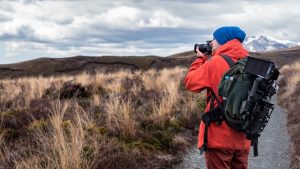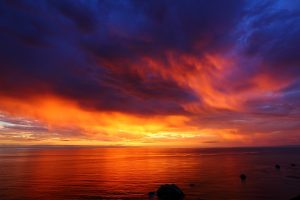Probably one of the favorites by aspiring photographers and pro photographers, landscape photography gives way for so many details and vibes on a single photograph. With this type of photography, more drama, intensity, and visibility can be shown and portrayed. The landscape of houses, architectural structures and facades like ones built by https://www.dinodecking.co.uk/category/composite-decking-boards/ gives way for more artistry and interpretation of this photography technique. Its quite the tricky one because too much chill in this area will cause a bland photo while to much hustle will cause an overdramatic one. Still, with the right consistency and balance, a landscape photograph can be one of the most tendencies for a breathtaking picture.
Landscape Must Do’s
 To start landscape photography on the right note, always aim to instill depth in your shots. To create the said depth, try to frame the shot in a sense that can balance focus on every element seen in the photograph. Depth can also be achieved when choosing landscape targets that visualize a long view, ones that are typically created on nature, ocean vies, or forest ones.
To start landscape photography on the right note, always aim to instill depth in your shots. To create the said depth, try to frame the shot in a sense that can balance focus on every element seen in the photograph. Depth can also be achieved when choosing landscape targets that visualize a long view, ones that are typically created on nature, ocean vies, or forest ones.
Secondly, in landscape photography, use that wide lens you are keeping for no reason. The wide lens captures the overall view seen by the naked eyes and transcribes it into photographic views. It gets the broad view and transcends that into more space to add detail and impact on your photo.
 To enhance your landscape photo well, and illuminize all possible important detail, choose and use the right filters. Make sure to consider ow filters will affect the natural lighting, the contrast of the overall picture and how filters can add more beauty and depth to the shot rather than downing its natural factors. Lastly, to maneuver more intensity into your landscape shot, try opting for movement incorporating its speed on a still picture, surely making one hell of a landscape photograph.
To enhance your landscape photo well, and illuminize all possible important detail, choose and use the right filters. Make sure to consider ow filters will affect the natural lighting, the contrast of the overall picture and how filters can add more beauty and depth to the shot rather than downing its natural factors. Lastly, to maneuver more intensity into your landscape shot, try opting for movement incorporating its speed on a still picture, surely making one hell of a landscape photograph.
Landscape photography is a room for so much creativity and imaginations, being more flexible on framings, concepts, and other incorporated techniques.



